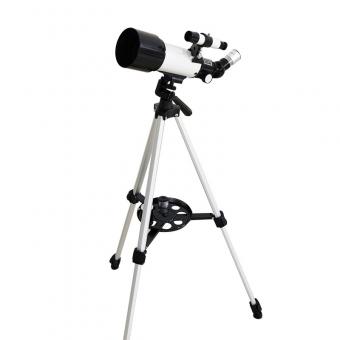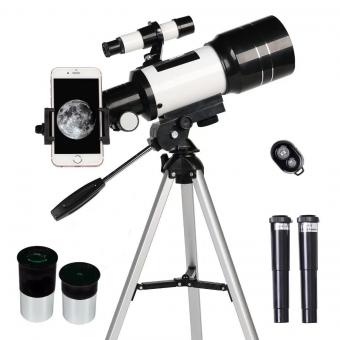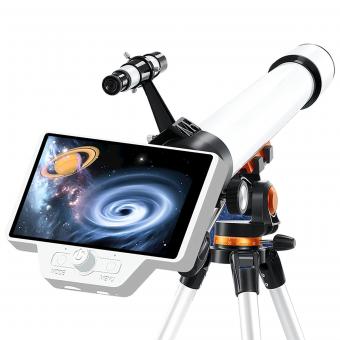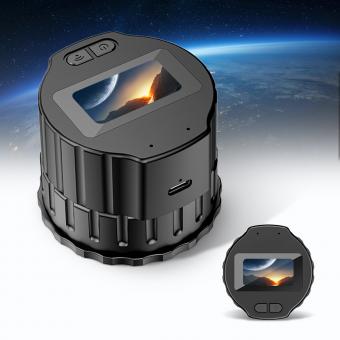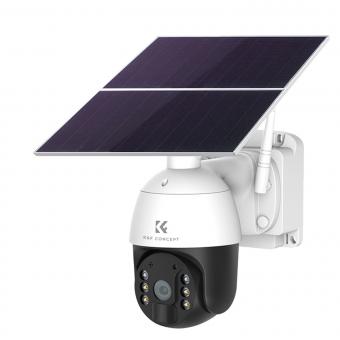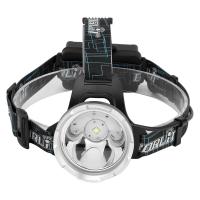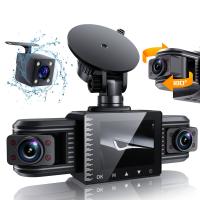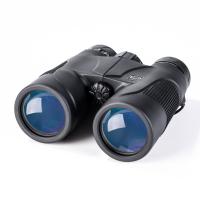How Did Galileo Improve The Telescope?
Galileo Galilei, the renowned Italian astronomer, physicist, and polymath, made significant improvements to the telescope in the early 17th century, which revolutionized the field of astronomy and our understanding of the universe. Before Galileo's enhancements, the telescope was a relatively crude instrument with limited magnification and clarity. Galileo's contributions not only improved the technical aspects of the telescope but also led to groundbreaking astronomical discoveries that challenged the prevailing scientific views of his time.
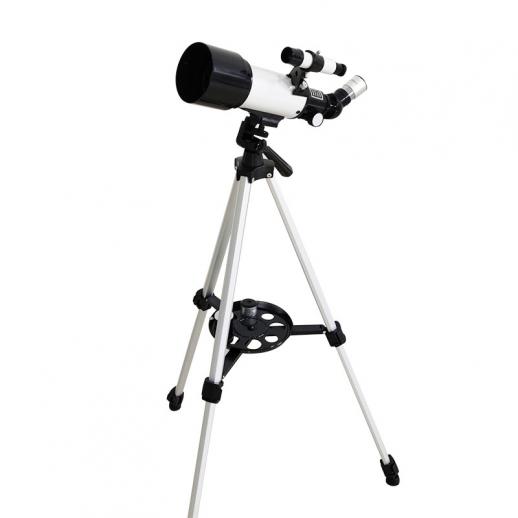
The State of the Telescope Before Galileo
The telescope was invented in the Netherlands in 1608 by Hans Lippershey, a spectacle maker. The early versions of the telescope, known as "spyglasses," had a magnification of about 3x. These rudimentary instruments were primarily used for terrestrial observations, such as spotting ships at sea or observing distant landscapes. The lenses were often of poor quality, leading to significant optical distortions and limited usefulness for detailed astronomical observations.
Galileo's Improvements to the Telescope
Galileo first learned about the telescope in 1609 and quickly set about improving its design. His enhancements can be categorized into several key areas:
1. Increased Magnification:
Galileo significantly increased the magnification of the telescope. His first telescope had a magnification of about 8x, but he soon improved it to 20x and eventually to 30x. This increase in magnification allowed for much more detailed observations of celestial objects.
2. Improved Lens Quality:
Galileo meticulously crafted and polished his lenses to reduce optical distortions. He used a convex objective lens and a concave eyepiece, which helped to minimize chromatic aberration and improve image clarity. This attention to lens quality was crucial for making precise astronomical observations.
3. Enhanced Stability:
Galileo designed a more stable mounting for the telescope, which reduced vibrations and allowed for steadier observations. This stability was essential for making accurate measurements and detailed sketches of celestial objects.
4. Field of View:
By optimizing the arrangement of the lenses, Galileo was able to increase the field of view of the telescope. This allowed him to observe larger portions of the sky at once, making it easier to locate and study celestial objects.
Galileo's Astronomical Discoveries
With his improved telescope, Galileo made several groundbreaking astronomical discoveries that challenged the geocentric model of the universe, which posited that the Earth was the center of the universe and all celestial bodies revolved around it. Some of his most significant discoveries include:
1. The Moons of Jupiter:
In January 1610, Galileo discovered four moons orbiting Jupiter, which he named the "Medicean Stars" in honor of his patrons, the Medici family. These moons, now known as the Galilean moons (Io, Europa, Ganymede, and Callisto), provided clear evidence that not all celestial bodies orbited the Earth, challenging the geocentric model.
2. Phases of Venus:
Galileo observed that Venus exhibited a full set of phases, similar to those of the Moon. This observation was consistent with the heliocentric model proposed by Copernicus, which posited that Venus orbited the Sun, not the Earth.
3. Mountains and Craters on the Moon:
Galileo's detailed observations of the Moon revealed that its surface was not smooth, as previously thought, but covered with mountains and craters. This finding challenged the Aristotelian view that celestial bodies were perfect and unchanging.
4. Sunspots:
Galileo observed dark spots on the surface of the Sun, known as sunspots. He noted that these spots moved across the Sun's surface, providing evidence that the Sun rotated on its axis. This observation further challenged the notion of celestial perfection.
5. The Milky Way:
Galileo's telescope revealed that the Milky Way, which appeared as a diffuse band of light in the night sky, was composed of countless individual stars. This discovery expanded the known scale of the universe and suggested that the cosmos was far more complex than previously imagined.
The Impact of Galileo's Improvements
Galileo's improvements to the telescope and his subsequent discoveries had a profound impact on the field of astronomy and the scientific community as a whole. His work provided strong evidence in support of the heliocentric model of the solar system, which eventually led to the widespread acceptance of this paradigm. Additionally, Galileo's meticulous observations and detailed records set new standards for scientific inquiry and empirical evidence.
Galileo's use of the telescope also demonstrated the power of technology to extend human senses and enhance our understanding of the natural world. His work inspired future generations of scientists and inventors to continue improving telescopic technology, leading to the development of more advanced instruments such as the reflecting telescope by Isaac Newton and, eventually, modern space telescopes like the Hubble Space Telescope.
Galileo Galilei's improvements to the telescope were a pivotal moment in the history of science. By increasing the magnification, improving lens quality, enhancing stability, and optimizing the field of view, Galileo transformed the telescope into a powerful tool for astronomical observation. His discoveries, including the moons of Jupiter, the phases of Venus, and the detailed features of the Moon and Sun, challenged the prevailing geocentric model and laid the groundwork for the acceptance of the heliocentric model. Galileo's work not only advanced the field of astronomy but also exemplified the importance of empirical evidence and technological innovation in scientific progress. His legacy continues to inspire and inform our exploration of the universe today.



